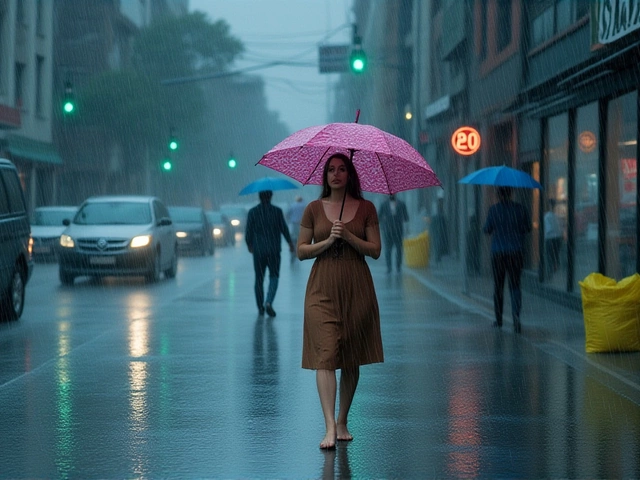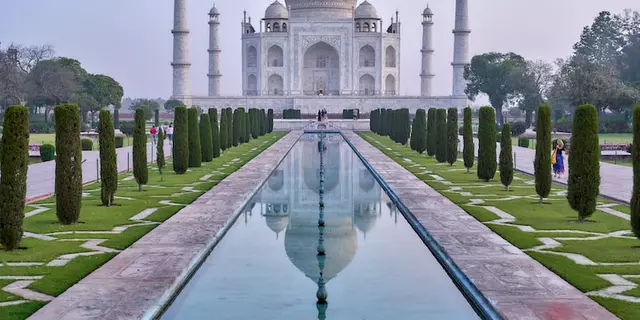Sustainable Landscaping: Building Green Outdoor Spaces
When planning Sustainable Landscaping, the practice of designing outdoor areas that conserve water, protect soil, and support local wildlife. Also known as eco‑friendly gardening, it blends beauty with responsibility.
One of the core pillars is Native Plants, species that have evolved to thrive in local climate and soil conditions. These plants need less fertilizer and fewer pesticides, which in turn sustainable landscaping improves soil health and boosts biodiversity. Pair that with a Rain Garden, a shallow depression planted with water‑tolerant vegetation to capture runoff, and you create a natural filter that reduces storm‑water erosion while providing a habitat for pollinators.
Key Elements That Make a Landscape Truly Sustainable
Water‑efficient irrigation, such as drip lines or smart controllers, delivers moisture exactly where roots need it, cutting waste by up to 50 %. Composting kitchen scraps and yard waste turns organic material into nutrient‑rich soil amend, lowering the need for synthetic fertilizers. Applying mulch from recycled wood chips conserves moisture and suppresses weeds, completing the soil‑care cycle.
Green roofs and vertical gardens extend green space onto buildings, offering insulation benefits and reducing urban heat islands. Xeriscaping—designing with drought‑tolerant plants and limited turf—further trims water use. Finally, organic pest control methods, like neem oil or beneficial insects, keep chemicals out of the ecosystem.
All these practices intersect: native plants thrive with less water; rain gardens capture excess rain that irrigation saves; compost enriches soil for healthier plant growth. Understanding how each piece fits lets you craft a landscape that looks great today and stays resilient tomorrow. Below you’ll find a curated set of articles that dive deeper into each technique, share real‑world success stories, and give step‑by‑step guides to help you start your own sustainable landscaping project.





